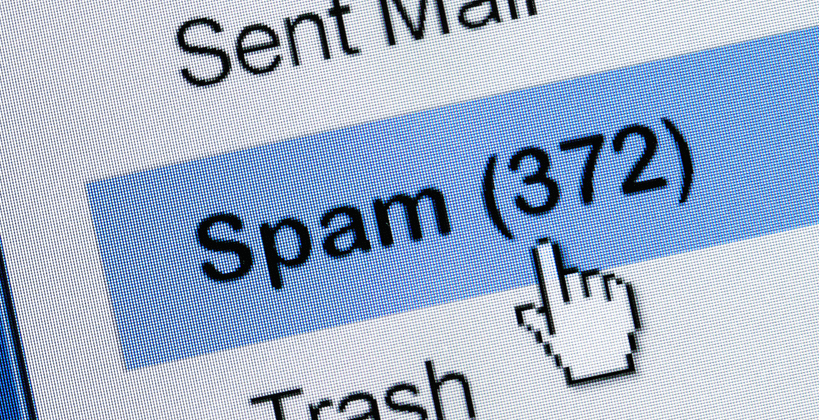My clients regularly come to me with online marketing questions. A very common email that I get is one that says, “is this spam?” Below I’ve listed a few tips on how to identify if your emails are spam or not.
1. Check the email address.
Ignore the auto populated name that the email says it is from, but check the actual “name@domain.com” email address. Bots often mask a fake email address and use a name from your contact list to make you think the email is really from your acquaintance. For example: “Emi Melker <buythis@fake.com>” instead of “Emi Melker <emi@101management.net>.” If the email says it is from GoDaddy and the email address is from “_____@godaddy.com” than it is a real email and should be addressed. Spammers/bots cannot send from a domain they do not own, unless that company was hacked.
2. Ignore the logos.
Spammers steal the Google logo all the time to make a fake email appear real. Don’t be fooled by an image.
3. Don’t click the link.
DO NOT CLICK LINKS OR BUTTONS. First, view the link. On a Mac computer you can hover over a link to see what the link address is. You can also “right click” (control + click) on the link and choose to “Copy Link Address.” Paste this address into a word or text document to see if it looks fake. Things like http://gsudbhf.idh are spam and any link you don’t recognize you should avoid clicking on. If the link looks legitimate like https://godaddy.com/my-account — then it’s a real link.
4. Be cautious.
If it seems too good to be true than it probably is. “I’m a king from a small country and I want to come to America to meet with your company.” OR “I want to send you a $5,000 payment right away. Please send me your bank account number.” An opportunity this large would never come via an email, and kings have assistants to email for them.
5. Know your current domain status.
Many spammers try to get your attention by telling you there is an issue with your domain name (URL), or hosting provider (server). Immediately send these emails to your website developer, or simply log into your registrar (like GoDaddy) to view your most current domain settings and data.
If you’re still in doubt after reviewing these tips, call the company who sent the email, especially if it is from a corporation like Google or GoDaddy. Any matters involving money transfers or credit cards should be handled very cautiously. And if you are my client, well then as always, just send it over to me for investigation!










Leave A Comment